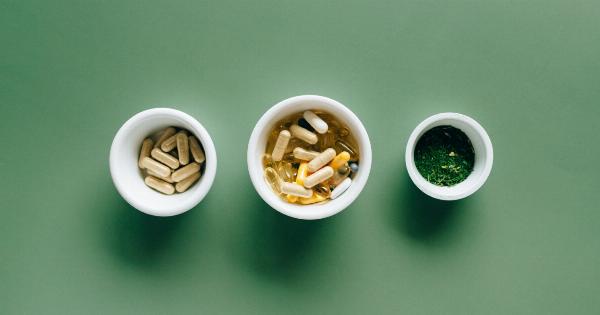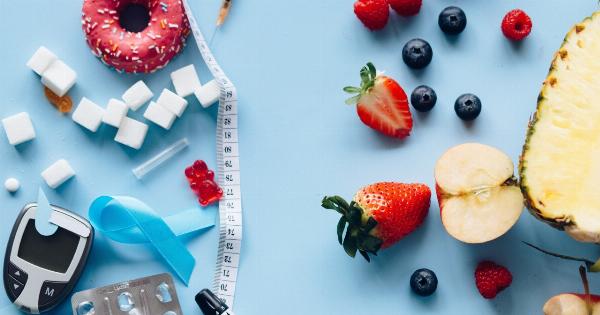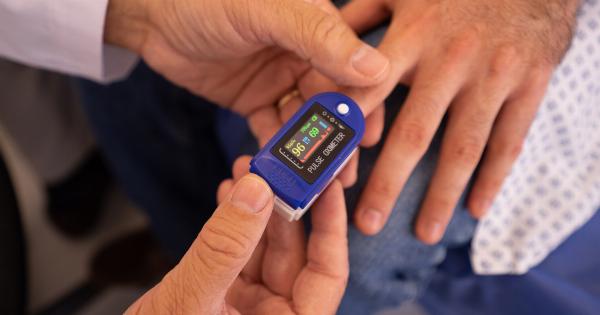Hypoglycaemia is a medical condition characterised by low blood sugar levels. It can be a serious condition, particularly for children with diabetes.
In this article, we will explore the impact that hypoglycaemia can have on child health and what parents can do to prevent and manage it.
What is Hypoglycaemia?
Hypoglycaemia is a condition where the blood glucose level drops below normal levels. The normal range is between 80-120mg/dL. For children, the range is usually between 70-110mg/dL.
When blood glucose drops below 70mg/dL, it can cause symptoms such as sweating, shaking and confusion.
Causes of Hypoglycaemia in Children
The most common cause of hypoglycaemia in children is insulin, which is a medication used to treat diabetes. Insulin lowers blood glucose levels, but if too much is given, it can cause the glucose levels to drop too low.
Other factors that can contribute to hypoglycaemia in children include:.
- Skipping meals or not eating enough carbohydrates
- Increased physical activity without adequate food intake
- Illness
- Stress
- Alcohol or drug use
Symptoms of Hypoglycaemia in Children
Low blood sugar can cause a number of symptoms in children, including:.
- Sweating
- Shaking
- Weakness
- Hunger
- Confusion
- Irritability
- Headache
- Nausea
- Paleness
- Lightheadedness
In severe cases, hypoglycaemia can cause seizures, loss of consciousness or even death.
Preventing Hypoglycaemia in Children
Preventing hypoglycaemia is an important part of managing diabetes in children. Some tips to prevent low blood sugar in children include:.
- Keeping track of blood glucose levels regularly
- Ensuring children eat regular meals and snacks throughout the day
- Adjusting insulin doses based on activity levels, illness and stress
- Teaching children to recognise the symptoms of low blood sugar
- Having fast-acting sources of glucose on hand, such as glucose tablets or gel
Treating Hypoglycaemia in Children
If a child experiences hypoglycaemia, it is important to treat it quickly. Some steps to treat low blood sugar include:.
- Giving the child a fast-acting source of glucose, such as glucose tablets, gel, fruit juice or regular soda
- Waiting 15 minutes and rechecking the blood glucose level, repeating treatment if necessary
- Administering a glucagon injection if the child is unconscious or unable to swallow
Conclusion
Hypoglycaemia can be a serious condition for children with diabetes, but with proper management, it can be prevented and treated.
Parents should be vigilant in monitoring their child’s blood glucose levels and taking steps to prevent hypoglycaemia. It is also important to teach children to recognise the symptoms of a low blood sugar and how to treat it.






















